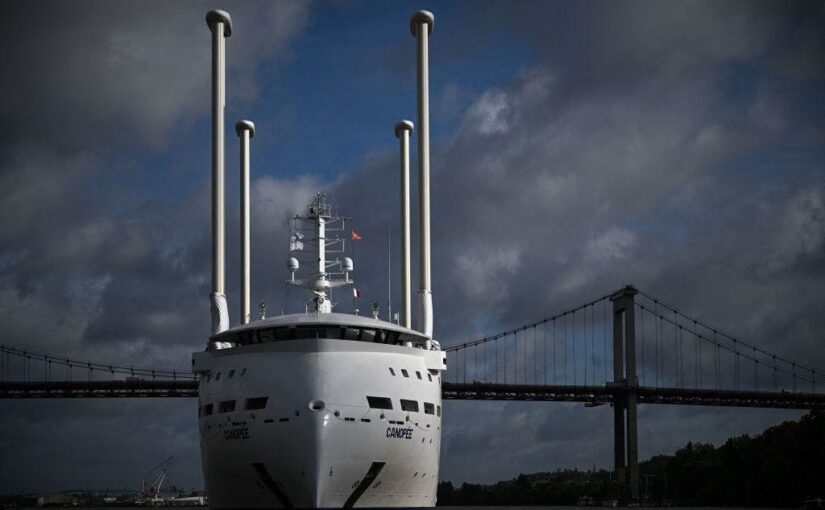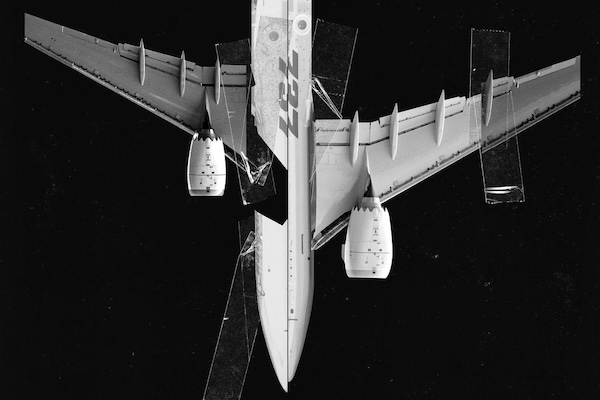This article originally ran on June 6, 2024 in Sherwood News.
On a morning in May, an 78-year-old, 64-foot schooner named the Apollonia raised its sails and cast off from Hudson, New York. As it sailed south it was borne along the half-mile-wide river by a falling tide. The wind was not favorable. The Apollonia could make progress only by tacking at angles to the wind, a process that required three crew members to haul ropes pulling in the sails as the ship turned, before letting them out again once the ship reached its new heading. The ship zigzagged a hundred times before the crew called it quits and tied up for the night.
In the following days other challenges awaited. At Poughkeepsie the crew was becalmed; at Ossining they had to wait for the tide to rise until the water was deep enough to dock. The most difficult stretch of the voyage lay at World’s End, a narrowing of the river near West Point, where the current runs strong and mountain slopes funnel the wind unpredictably. To get through, said the vessel’s captain, Sam Merrett, “you really have to understand the Hudson.”
A week after it set out, and a hundred miles downriver, the Apollonia at last docked at the One°15 Brooklyn Marina. A morning shower had soaked the deck and in the cabin rain gear was hung to dry. The crew looked tired but happy. What they’d accomplished was not much from a practical standpoint — unloading barrels of barley malt at breweries along the way and picking up assorted goods like grain, flour, beer, whiskey, and preserves to deliver to customers downstream — but from a symbolic perspective it could be seen as epic. The Apollonia is the first sail-powered vessel in decades to run cargo along the US coast, and while the ship and its technology are old, its goal is new and ambitious: to demonstrate effective ways to decarbonize the maritime transport industry by 2050.
Continue reading The New Age of Sail


